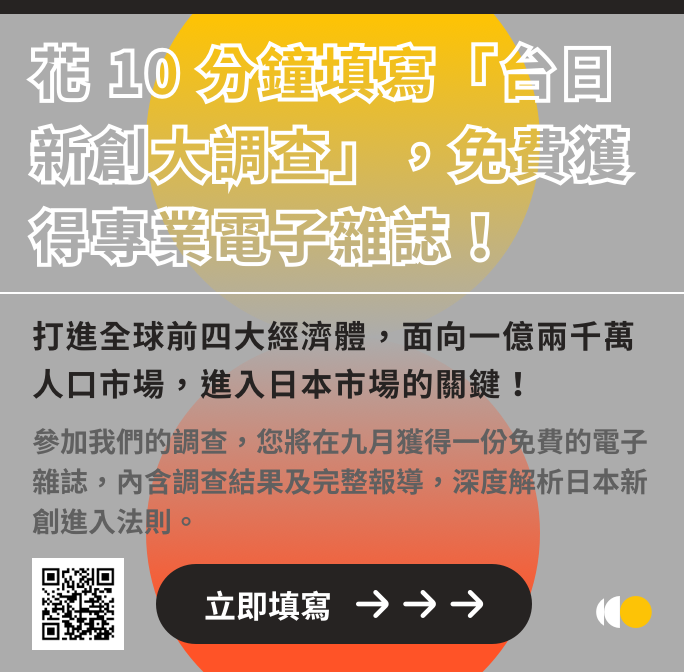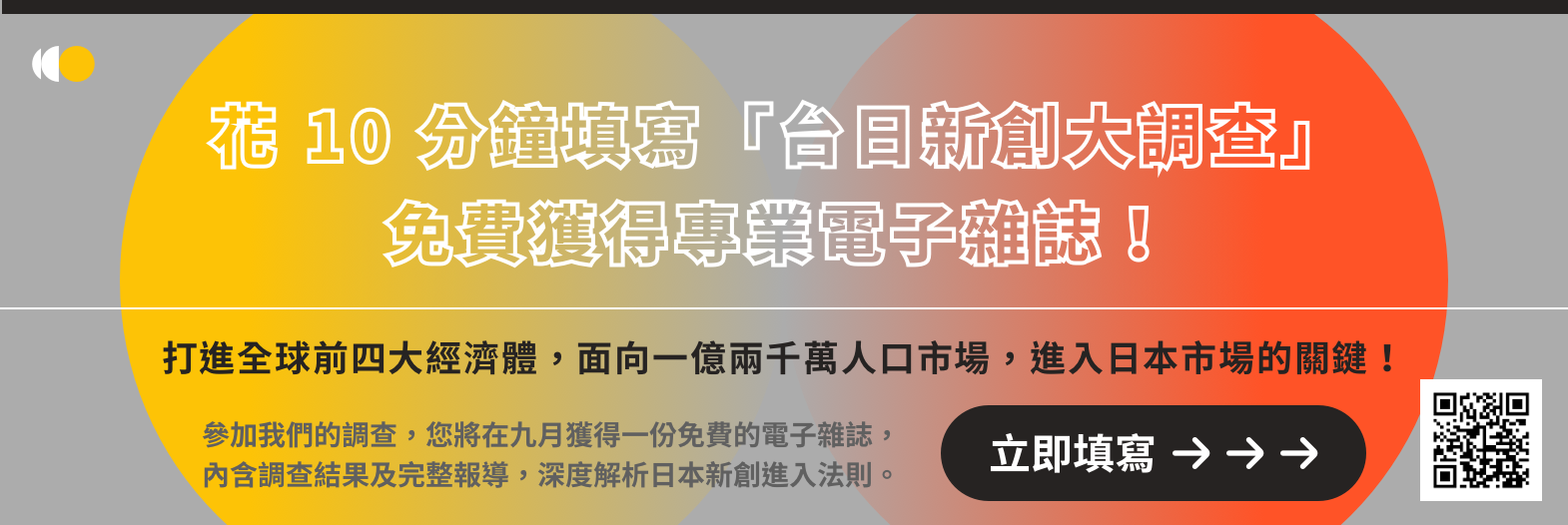What's happening?
In recent months, the AI-powered chatbot developed by OpenAI utilizing the GPT (Generative Pretrained Transformer) language model has gained significant attention in the business world.
- Calling it a "game changer that drives information democracy," Cathy stresses that almost every commercial segment is set on utilizing AI technologies to build their own knowledge base or domain knowledge to address challenges.
- Amid the hype and buzz surrounding the powerful chatbot, Cathy heeds "overkill" and advises seeking a balance or synergy between technology and industrial needs because buzzwords may come and go and technologies evolve; it is always about the business needs, not the technology platform.
- AI, as an emerging role, enhances the strength of supply chain resilience.
- While industrial players look to digitally transform, Cathy witnesses firsthand how ChatGPT ignited her customers' enthusiasm particularly in addressing major challenges facing primarily asset-heavy industries and even the world at large, including supply chain disruption, sustainability, and labor shortage.
- Commenting on supply chain resilience as a hot topic in the Asia-Pacific market and across the globe, Cathy cited Taiwan-based manufacturers Foxconn and TSMC as having taken steps to accelerate supply chain diversification, partly due to geopolitical factors and pressure from their buyers.
- Officials from the United States, South Korea, and Japan held their first economic security dialogue in February amid efforts to strengthen the resilience of supply chains and develop the technology. (Reuters)
- Taiwanese tech suppliers are increasing their production capacity in Mexico to meet the growing demand for electric vehicles and servers to be made in North America. The moves by key iPhone assembler Foxconn and others are in response to changes in US policy and requests from clients, which together are gradually shifting parts of the supply chain from East to West. (NIKKEI Asia)
Tech Innovation Propels Information Democratization
Information democratization, with cutting-edge AI tools, provides an easy way for people to expedite decision-making and uncover opportunities for an organization.
- Information/data democratization refers to the process that shifts responsibility for data analytics from IT to all users across the organization, regardless of their technical expertise. The goal is to have anybody use data at any time to make decisions with no barriers to access or understanding. (Forbes)
- The following Information Governance Quadrant manifests the role of governance/control of vs. access to information in three different forms, according to Bernard Liautaud, founder of self-service BI pioneer BusinessObjects. Liautaud believed businesses should strive to combine consistent information governance with decentralized access to data and decision-making. He called this "information democracy," (ZDNET)
- Pros: Some core benefits of data democratization include supporting a reduced modern workforce that might result from pandemics or labor shortages, empowering employees, expediting decision-making, and enhancing customer experience.
- Cons: Misinterpretation of the data by non-technical employees, bad decisions based on bad interpretation of data, higher risk in data security, and more challenges to maintaining the data integrity.
- Evolving tech innovations that help make sense of big data make data democratization now more attractive and tangible.
- While agile, data-driven enterprises might have long started embracing information/data democratization, interested enterprises are eager to catch up, feeling encouraged by new technologies in their favor.
However, structuring all required human knowledge into a model with specific and contextualized data not only takes time, as the process requires human-machine collaboration, but also information democracy is not easy to achieve when key processes and infrastructure are not in place. All of these contribute to hardware and software challenges for business decision-makers leading digital transformation, as Cathy explains in the following.

















